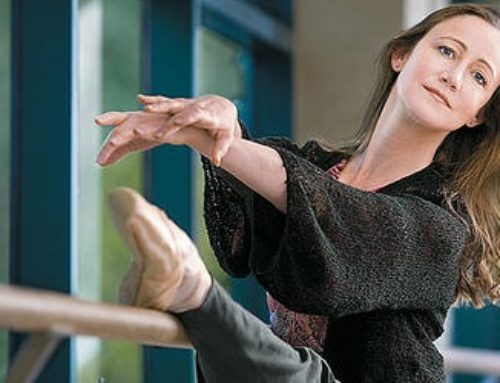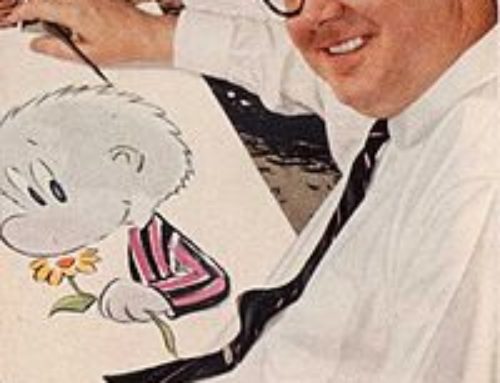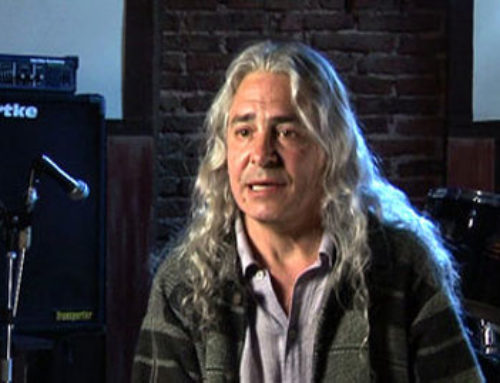Project Description
The work of Post-Impressionist French painter Paul Cézanne can be said to form the bridge between late 19th century Impressionism and the early 20th century’s new line of artistic inquiry, Cubism. The mastery of design, tone, composition and color that spans his life’s work is highly characteristic and now recognizable around the world. Both Henri Matisse and Pablo Picasso were highly influenced by Cézanne.
Cezanne entered the law school of the University of Aix in 1859 to placate his father but abandoned his studies to join Zola in Paris in 1861. For the next twenty years, Cezanne divided his time between the Midi and Paris. In the capital, he briefly attended the Atelier Suisse with Camille Pissarro, whose art later came to influence his own. In 1862, Cezanne began long friendships with Claude Monet and Pierre-Auguste Renoir. His paintings were included in the 1863 Salon des Refuss, which displayed works not accepted by the jury of the official Paris Salon. The Salon itself rejected Cezanne’s submissions each year from 1864 to 1869.
In 1870, following the declaration of the Franco-Prussian War, Cezanne left Paris for Aix-en-Provence and then nearby L’Estaque, where he continued to paint. He made the first of several visits to Pontoise in 1872. While there, he worked alongside Pissarro. He participated in the first Impressionist exhibition of 1874. In general the impressionists did not have much commercial success, and Cezanne’s works received the harshest critical commentary. From 1876 to 1879, his works were again rejected for the Salon. Cezanne showed again with the Impressionists in 1877 in their third exhibition. At that time, Georges Rivire was one of the few critics to support his art. In 1882, the Salon accepted his work for the first and only time. Beginning in 1883, Cezanne resided in the South of France, returning to Paris occasionally. In 1886, he became embittered over what he took to be thinly disguised references to his own failures in one of Zola’s novels. As a result he broke off relations with his oldest supporter.
In the same year, he inherited his father’s wealth and finally, at the age of 47, became financially independent, but socially he remained quite isolated. He continued living comfortably in his father’s estate, Jas de Bouffan, in Provence. That same year he married his girlfriend, Hortense, and they had one son, Paul Cezanne Jr. But Cezanne himself was not comfortable because his diabetes caused serious complications, leading to much physical and emotional suffering. His wife and son left and moved to Paris, but Cezanne made an effort to reconcile with his estranged wife in the 1890’s taking her and their son on a trip to Switzerland. The attempted reconcilitation failed. Cezanne gave his father’s estate to his wife and son, and turned to painting, expressing himself in work. In 1901 he bought land on an isolated road in Provence, and built himself a studio. There he continued painting, and made many of his most valuable paintings.
For many years Cezanne was known only to his old impressionist colleagues and to a few younger radical post impressionist artists, including the Dutch painter Vincent van Gogh and the French painter Paul Gauguin. In 1895, however, Ambroise Vollard, an ambitious Paris art dealer, arranged a show of Cezanne’s works and over the next few years promoted them successfully. By 1904, Cezanne was featured in a major official exhibition. On October 15, 1906, Cezanne caught a cold while painting outdoors, during a heavy rainstorm. Drenched and chilled he walked toward his home, but collapsed on the road, most likely suffering from a diabetic coma. He was found by a driver of a laundry cart, and was taken home. Paul Cezanne died of pneumonia and complication from diabetes, on October 22, 1906, in Provence, and was laid to rest in the old cemetery of his hometown of Aix-en-Provence, France. By the time of his death, Cezanne had attained the status of a legendary figure.







Leave A Comment